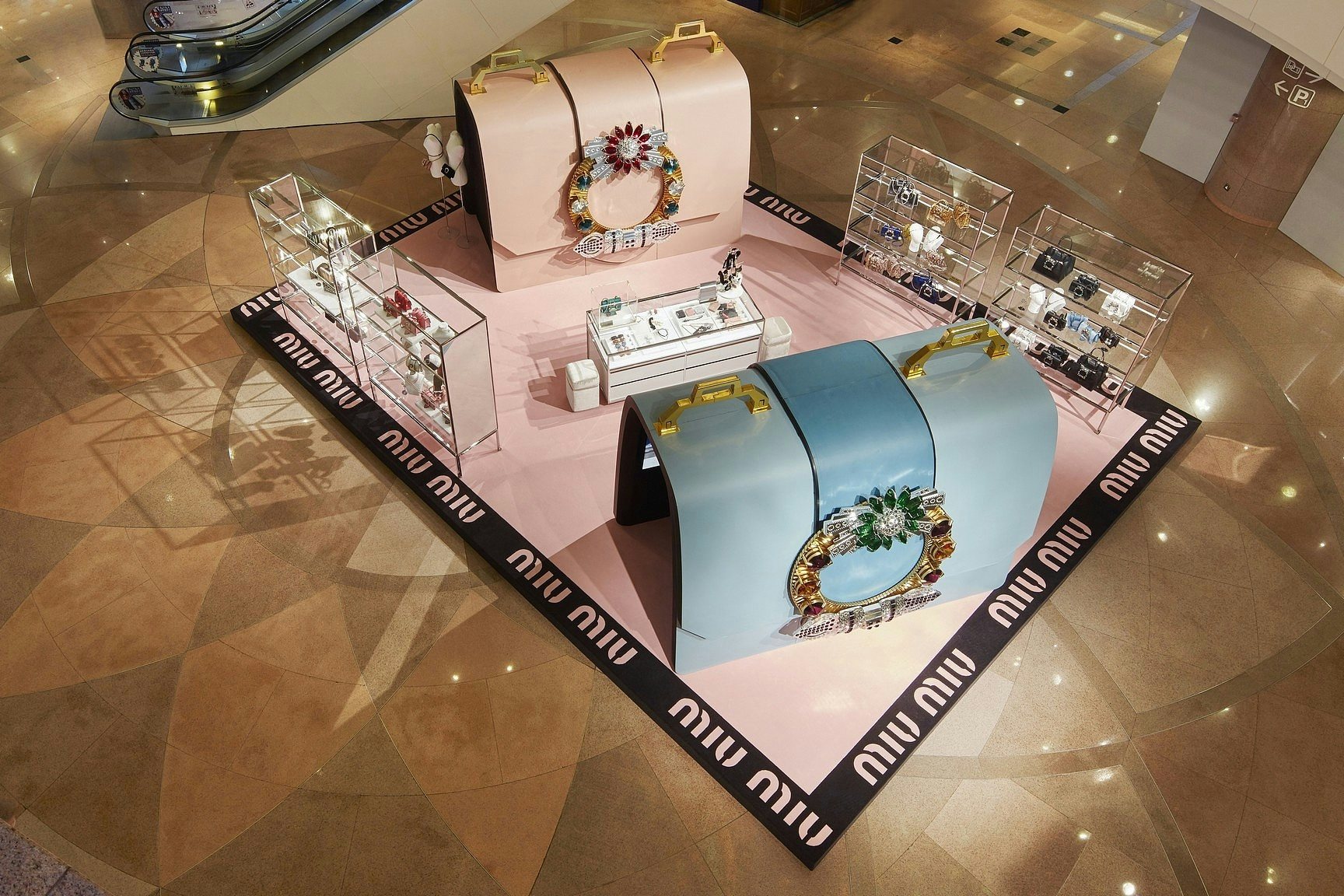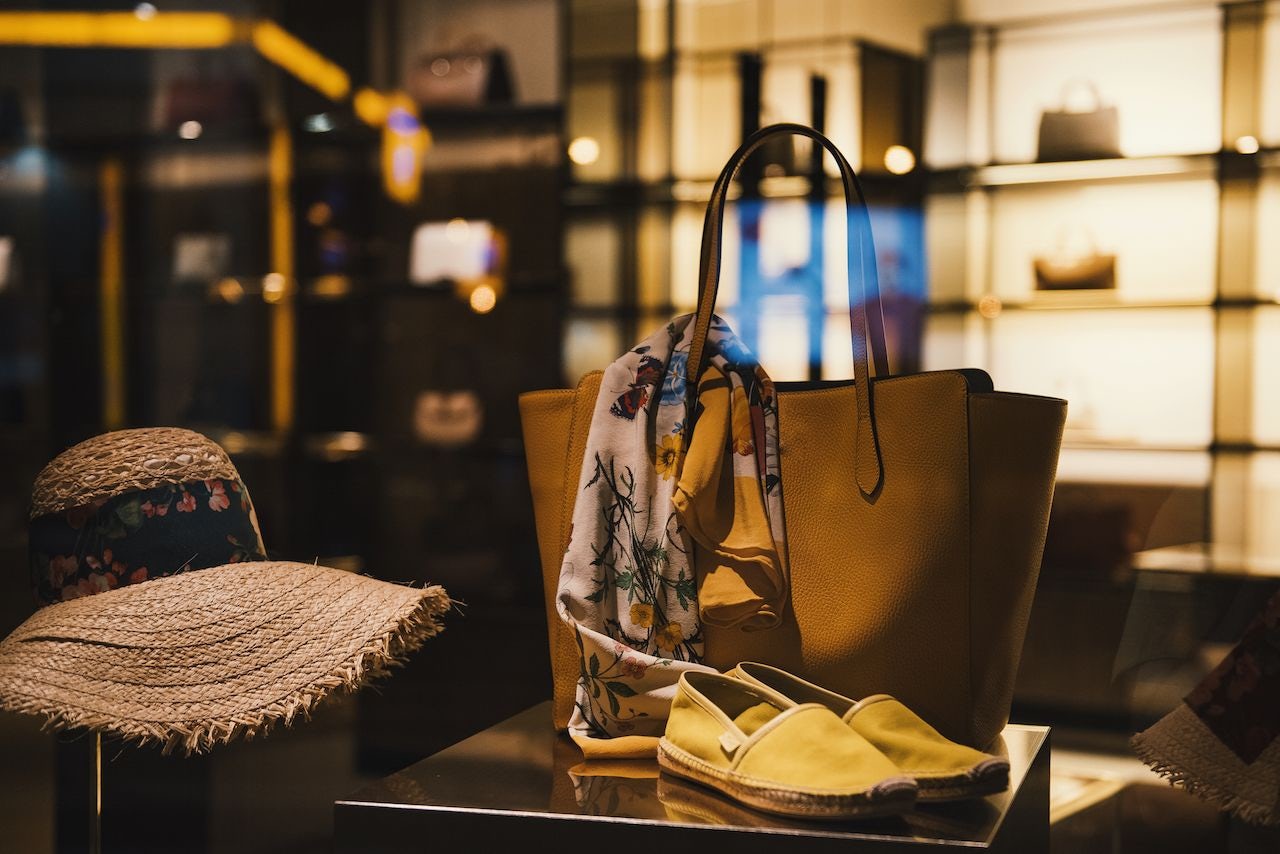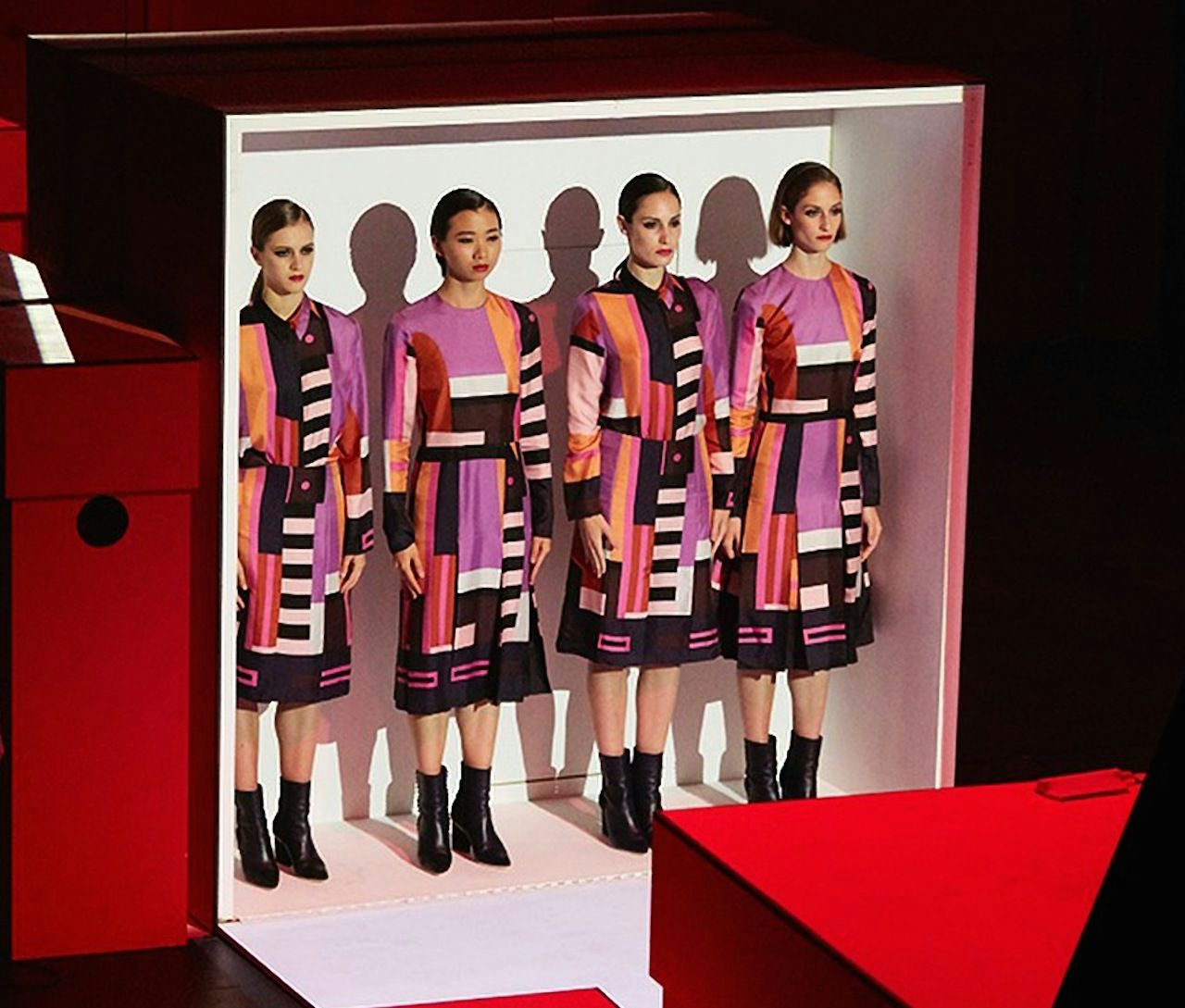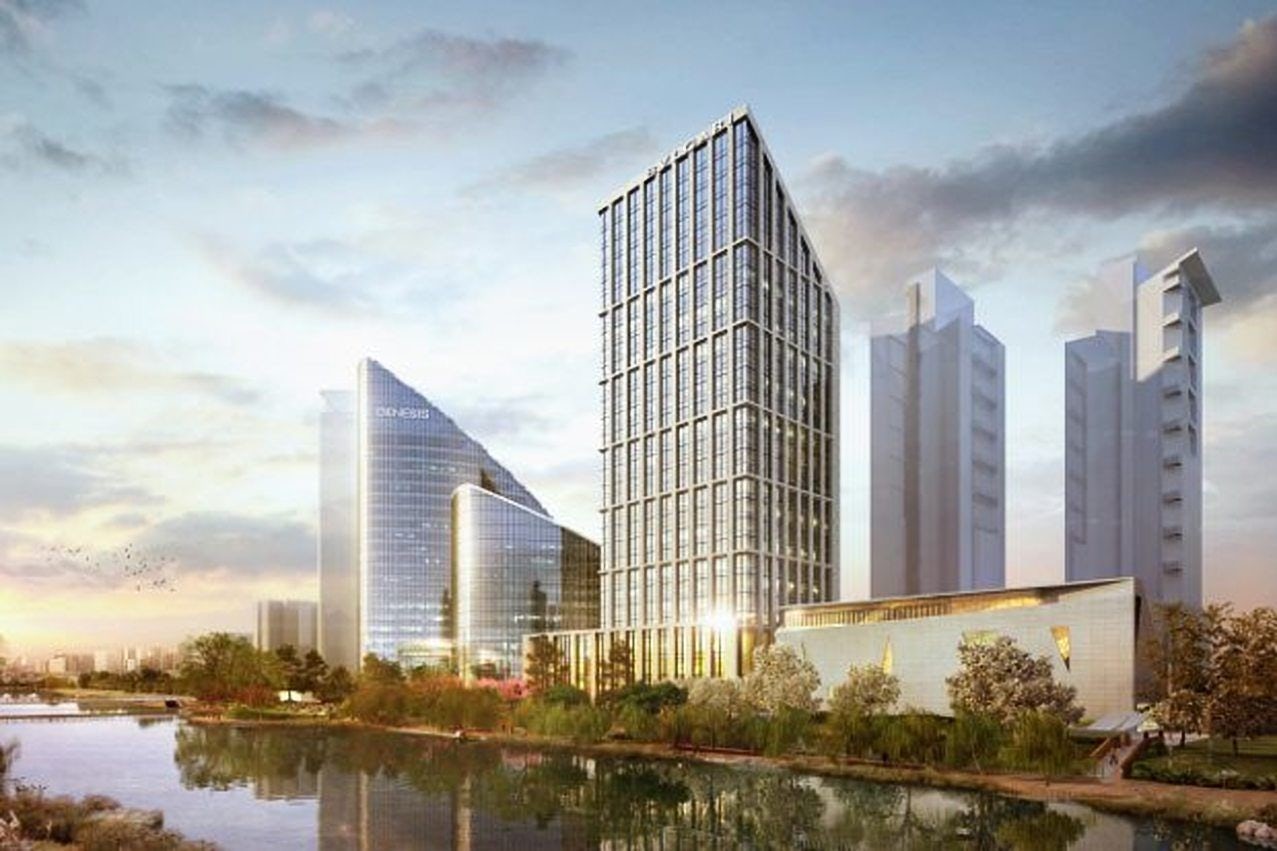Pop-up retailing is experiencing explosive growth in China. Research shows that the compound annual growth rate of pop-up retailing has been over 100 percent since 2015 and that by 2020 there will be over 3,000 pop-up stores opened in China. For foreign luxury brands who are still observing the phenomenon, here are five need-to-know things about pop-up stores in China.
1. Why it’s important to have a pop-up store presence#
It increases brand awareness at a low cost. For those who are not yet sure about China’s market, it’s a good way to test the waters. Pop-up stores are temporary, but they create a long-term, lasting impression with potential customers.
Consumers love it. According to a report by commercial real estate provider RET, 71 percent of consumers think personalized pop-up stores are more attractive than chain brands. 61 percent of consumers think pop-up stores provide more attractive shopping experiences.
Even for luxury brands that already have a prominent presence in China, it’s still a good way to display the latest lines and engage millennial consumers. Luxury brands’ pop-up stores are using interesting design features to attract attention, a tactic that huge brand names have already experimented with. For example, Dior set up pop-up stores displaying their new women’s line in Shanghai IFC and Beijing SKU right in front of its permanent storefronts this year.
2. Where to open pop-up stores#
Unlike in the US and UK, where pop-up stores are often on the street, pop-up stores in China are mostly set up in shopping malls due to strict regulations. For example, the regulations of the Shanghai Municipality on urban road transport clearly state that the government will not grant any applications from companies to operate a business in front of their stores or on either side of the road. Many cities have adopted similar practices, which leaves brands little choice but to set up their pop-up stores in shopping malls.
Nonetheless, these locations might actually give brands an edge. Shopping malls have a huge amount of foot traffic, attract the right demographics, and offer more convenient setups as amenities are already in place. In addition, China’s has plenty of shopping malls—the number of large to medium-sized shopping malls in China surpassed 4,000 by the end of last year, and the number is currently increasing at the rate of 600 to 700 new malls each year. RET report predicted that by 2020, there could be as many as 10,000 shopping malls in China.
Cities that Jing Daily would consider for ideal pop-up store placement would include first-tier, 1.5-tier, and second-tier cities in China such as Shanghai, Beijing, Shenzhen, Guangzhou, Hangzhou, Suzhou, Shenyang, Dalian, Chengdu, Nanjing, and Wuhan.
3. How to do it as a foreign brand#
There are all kinds of pop-up stores—some for sales, some for brand awareness, and some for gaining market insights. For those who are interested in direct sales, China’s laws and regulations require brands to have a corporate presence in China in order to conduct sales directly. That means brands need to have a Wholly Owned Foreign Enterprise or Foreign Invested Partnership Enterprise in China in order to have a pop-up store to sell products. Brands can also conduct sales through partners, such as distributors or agents.
However, for those brands who don’t have the right to conduct sales in China, they can still set up a temporary store just for the sake of outreach to Chinese consumers by letting them experience products. If brands can successfully entice consumers with their samples, they can direct consumers to place orders on their websites.
4. Make sure it's on social media#
Having consumers take pictures and share location on WeChat Moments is a must. On the one hand, consumers want to demonstrate online that they have been to cool places. On the other hand, by giving consumers incentives—gifting them or rewarding them complimentary services if they post pictures online—brands will gain more lasting attention.
Another way to increase exposure and gain traffic is by partnering with celebrities and KOLs. This has been practiced by local brands such as Suning Ecommerce Group and has achieved a great success.
5. The way to a consumer's heart is through their stomach#
Many brands are engaging customers with food and beverages. Bobbi Brown and Kenzo have opened pop-up stores that offer coffee. Chanel opened Coco Café in Shanghai to sell lip glosses this April, but it also provided consumers complimentary coffee and dessert. A report carried out by BFG-blueview shows that food pop-up retailing is the best way for brands to make waves. While skin-care, cosmetics, and fashion brands can use pop-up stores to expose more millennials to their products, combining the experience with food and drink will certainly help brands draw a larger crowd.



